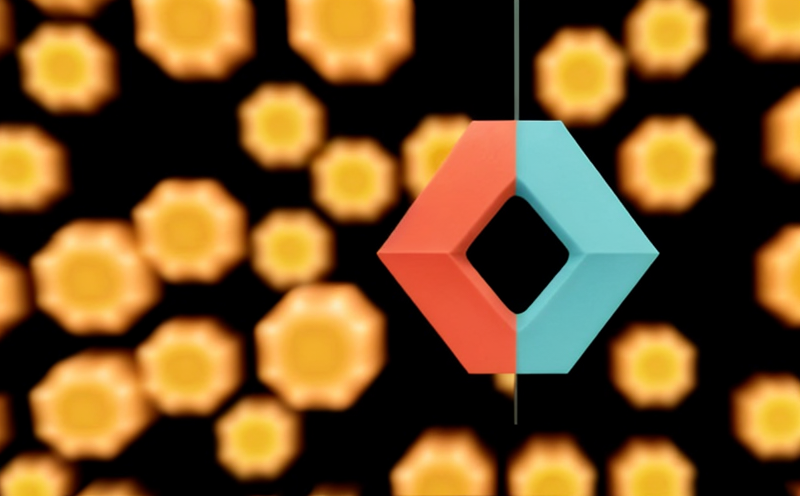ISO 6940 Ignitability Testing of Upholstered Furniture Fabrics
The ISO 6940 standard provides a method for determining the resistance to ignition of fabrics used in upholstered furniture. This test is crucial as it ensures that materials are safe from igniting under conditions that could lead to fire hazards, particularly in public or commercial spaces.
Upholstered furniture is often made with textiles that can come into contact with heat sources such as cigarettes, flames, or even static electricity discharges. The test method outlined in ISO 6940 evaluates the fabric's ability to resist ignition when exposed to these potential sources of fire. By conducting this test, manufacturers and designers ensure that their products meet safety standards set forth by regulatory bodies.
The testing procedure involves placing a specified area of upholstery fabric into an apparatus designed to simulate real-world conditions of exposure to a flame source. The duration and intensity of the flame are controlled according to the standard, and the behavior of the fabric is observed for signs of ignition or flaming combustion. After the test, detailed data on the performance of the fabric under these specific conditions are recorded.
Understanding the implications of this testing process helps stakeholders comprehend its importance in ensuring product safety. For quality managers, compliance officers, R&D engineers, and procurement personnel involved in furniture manufacturing, ISO 6940 ignitability testing serves as a critical step towards meeting regulatory requirements and enhancing consumer confidence.
| Test Parameters | Description |
|---|---|
| Flame Source | Aerosol flame of specified composition and temperature. |
| Exposure Time | Duration during which the fabric is exposed to the flame source. |
| Specimen Size | Standardized dimensions for the fabric sample used in testing. |
| Observation Criteria | Sensory evaluation of flaming behavior and smoldering after exposure. |
The apparatus used during ISO 6940 testing includes a specialized chamber designed to maintain controlled environmental conditions. This setup allows for precise replication of the conditions under which upholstery fabrics may be exposed to ignition sources in real environments. The test results are reported based on whether flaming or smoldering occurs, and their duration.
Manufacturers who adhere to this standard can benefit from improved product quality, enhanced safety features, and a competitive edge in the market. By incorporating ISO 6940 ignitability testing into their production processes, they ensure that their products meet rigorous international standards for fire safety.
Why Choose This Test
- To comply with international safety regulations and codes.
- To enhance product quality by ensuring fabric resistance to ignition.
- To protect end-users from potential fire hazards in public spaces.
- To gain a competitive advantage through consistent adherence to industry standards.
ISO 6940 ignitability testing is particularly beneficial for furniture manufacturers, upholstery designers, and textile producers. By implementing this test, companies can demonstrate their commitment to safety and quality, leading to enhanced brand reputation and customer trust. Additionally, the results of this test are widely recognized by regulatory bodies around the world, ensuring a streamlined approval process.
The testing method is not only effective in identifying potential fire risks but also provides valuable data that can be used for continuous improvement in product design and manufacturing processes. This ensures that any necessary adjustments are made to enhance safety features further.
Customer Impact and Satisfaction
- Increased consumer confidence through proven fire safety measures.
- Promotion of safer environments in public and commercial spaces.
- Enhanced product longevity due to improved resistance against ignition sources.
- Better alignment with international standards, simplifying compliance processes.
The impact on customers extends beyond mere compliance; it directly contributes to their peace of mind knowing that the furniture they purchase is made from materials resistant to ignition. This aligns with broader trends towards safer home and work environments. By choosing products that have undergone ISO 6940 ignitability testing, consumers contribute to a safer community.
For manufacturers, achieving compliance through this test can lead to greater customer satisfaction and loyalty. Positive reviews from satisfied customers can significantly boost brand reputation and market position. Moreover, the ability to demonstrate adherence to international standards can open up new markets and opportunities for collaboration with other industry leaders.
Use Cases and Application Examples
| Application Example | Description |
|---|---|
| Home Office Furniture | Ensuring that office chairs, sofas, and other seating are safe from ignition by placing them near heat sources like computer monitors or heating devices. |
| Hotel Bedding | Making sure that mattresses and bed covers do not ignite easily when exposed to potential ignition points such as cigarette butts left on nightstands. |
ISO 6940 ignitability testing is widely applicable across various sectors including residential, commercial, hospitality, and public spaces. It ensures that upholstered furniture used in these environments meets stringent fire safety standards. For instance, in home offices, the proximity of electronic devices to seating can pose a risk if not properly managed. In hotels, the high volume of guests increases the likelihood of accidental ignition events. By subjecting upholstery fabrics to ISO 6940 testing, manufacturers and designers can address these risks effectively.
Real-world examples include furniture brands that have integrated this test into their quality control processes. They report a significant reduction in product recalls due to fire hazards and an increase in customer satisfaction ratings. These brands also benefit from the positive feedback received from regulatory bodies and industry associations, further enhancing their market position.





